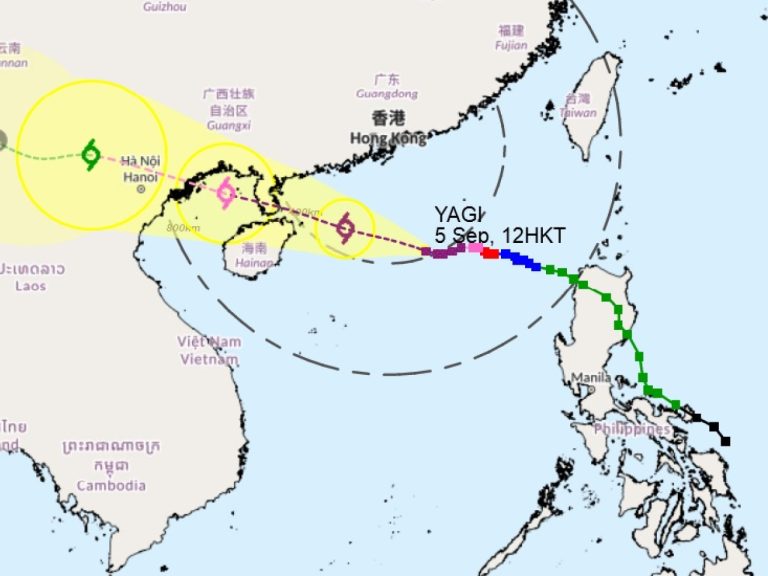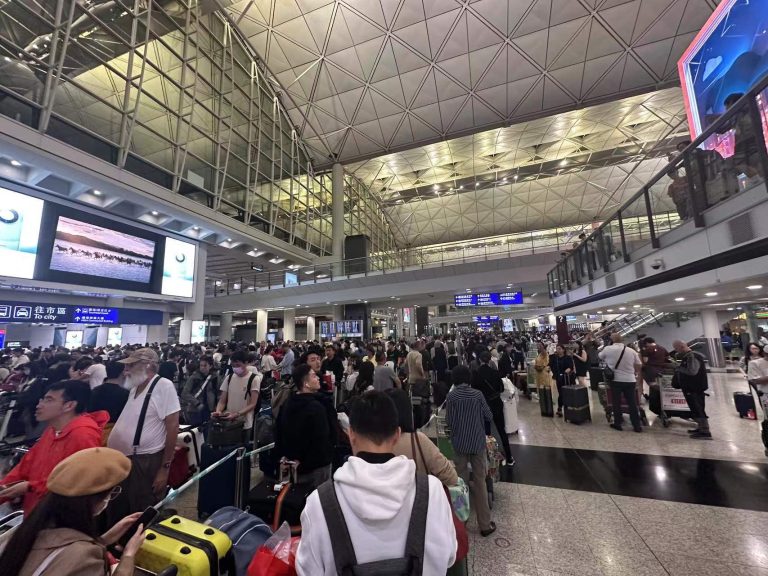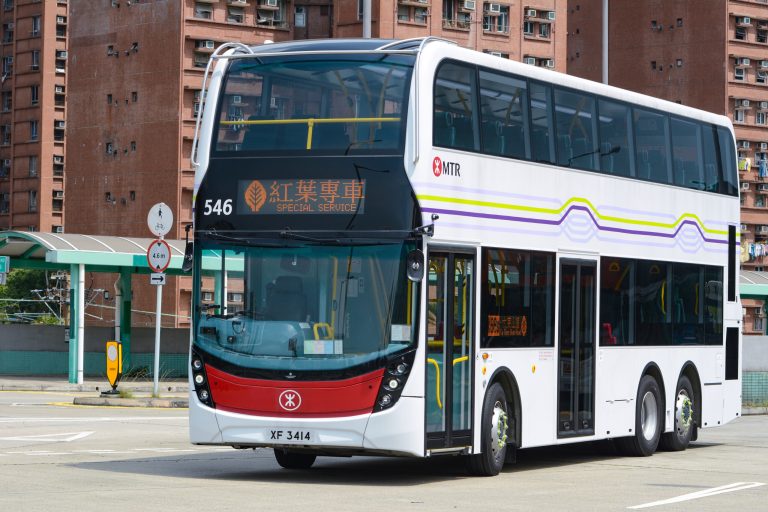Navigating Flight Disruptions: Hong Kong Airport’s Strategic Response to Typhoon Tapah
When severe weather threatens air travel, preparation becomes paramount. The Hong Kong Airport Authority’s comprehensive response to Typhoon Tapah demonstrates a masterful approach to managing potential disruptions while prioritizing passenger safety and comfort.
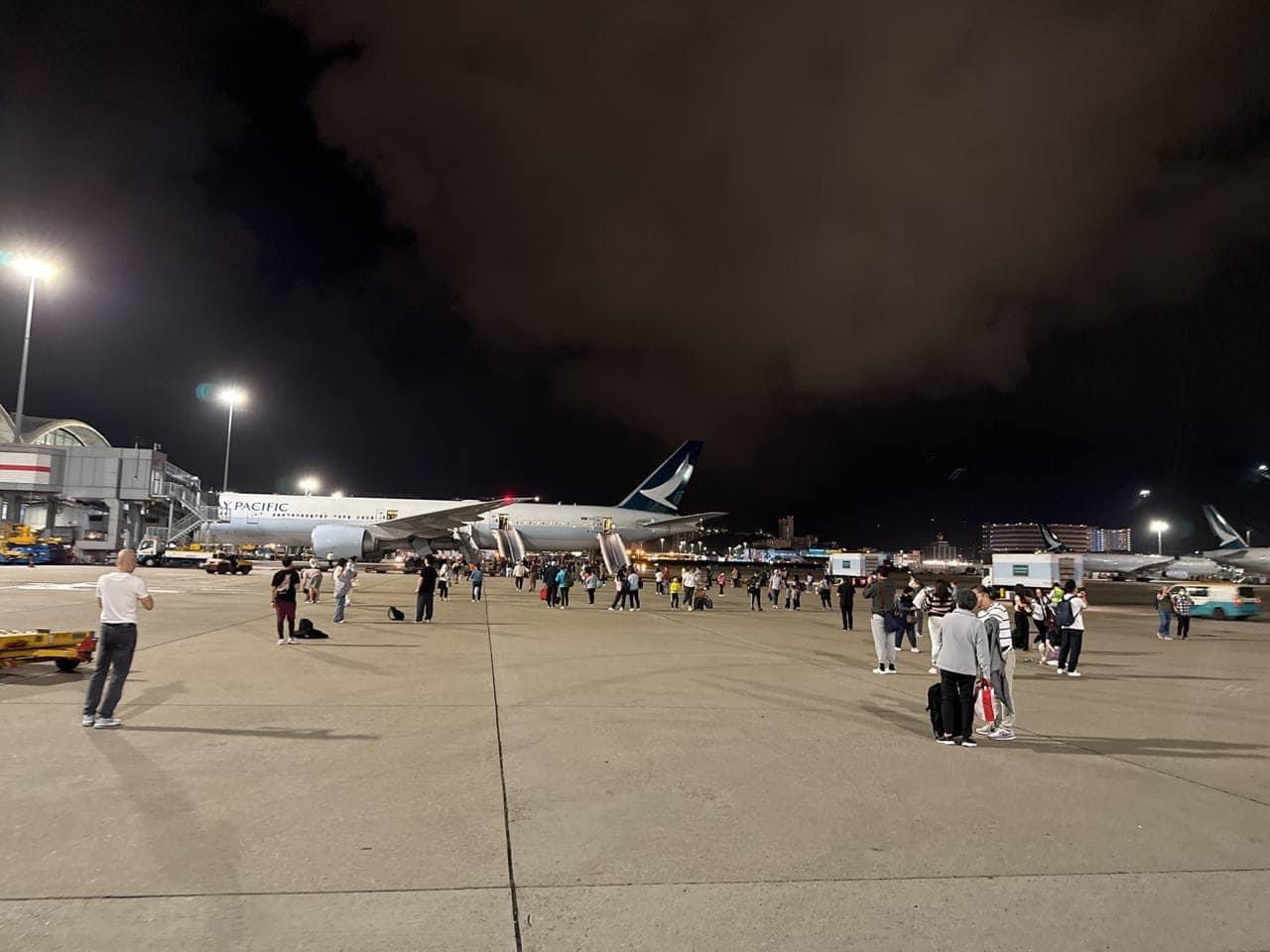
As the No. 8 storm signal was issued, the airport’s emergency operations center sprang into action, carefully balancing the challenges of maintaining critical transportation infrastructure during extreme weather conditions. While anticipating some flight disruptions throughout the evening and into the following morning, airport officials remained committed to keeping operations as normal as possible.
Passengers facing potential travel complications received clear guidance: confirm flight status with airlines before heading to the airport. This proactive communication strategy helps minimize unnecessary travel and reduces passenger stress during challenging weather conditions.
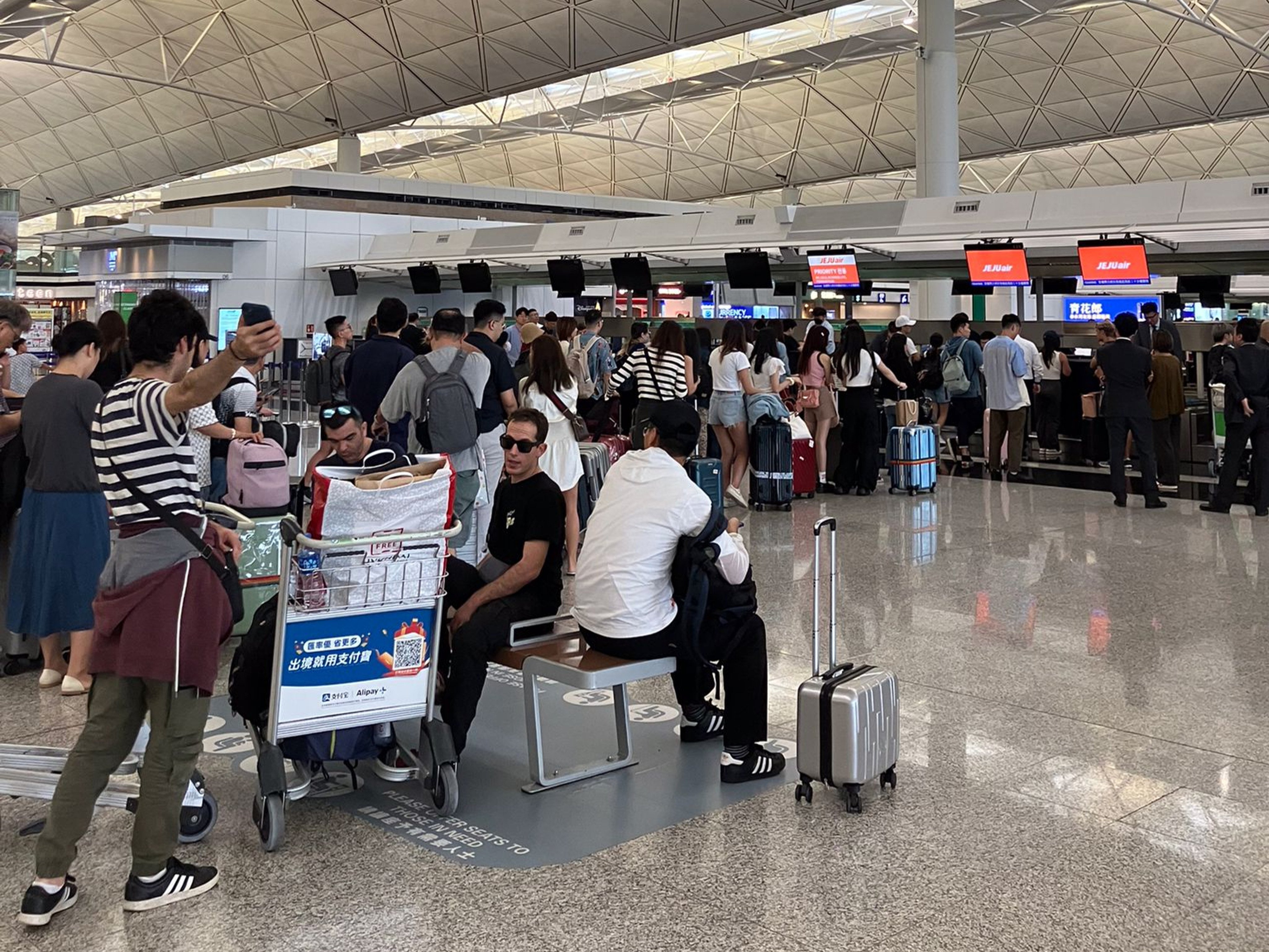
The Airport Authority’s strategic planning became immediately apparent through multiple support mechanisms. A temporary rest area equipped with 500 chairs and mobile charging stations offered weary travelers a comfortable respite. Extra staff stood ready to distribute essential supplies like bottled water, snacks, and blankets, ensuring passenger needs were met during potentially lengthy delays.
Transportation logistics received equally meticulous attention. The traditional taxi queuing system transformed into an electronic alternative, allowing passengers to obtain tickets via kiosks or mobile apps. This innovation reduces physical crowding and streamlines passenger movement during storm conditions. Public ground transportation services, with the exception of the Airport Express, adjusted their operations to ensure safety.

Perhaps most impressive was the airport’s commitment to its workforce. Two dedicated staff rest centers were established, capable of accommodating over 400 employees. This approach ensures that critical personnel remain rested, alert, and prepared to manage complex operational challenges during the typhoon.
Continuous communication emerged as a cornerstone of the airport’s strategy. By maintaining close coordination with airlines and the Civil Aviation Department, officials could dynamically manage flight schedules and minimize potential disruptions. Sunday’s flight operations would be carefully coordinated to maximize efficiency and passenger safety.

Select airport restaurants and convenience stores committed to 24/7 operations, providing additional support for travelers potentially stranded by weather conditions. This comprehensive approach transforms a potentially stressful situation into a more manageable experience.
The Airport Authority’s response to Typhoon Tapah represents more than just operational management—it’s a blueprint for resilience. By anticipating challenges, creating flexible support systems, and prioritizing both passenger and employee needs, they demonstrate how strategic planning can mitigate the impacts of severe weather.
For travelers and observers alike, this response offers valuable insights into modern airport emergency management. It showcases the intricate planning, technological innovation, and human-centered approach required to maintain critical transportation infrastructure during challenging environmental conditions.
As Typhoon Tapah approached, the Hong Kong Airport Authority didn’t just prepare—they transformed potential chaos into a carefully orchestrated response, ensuring safety, comfort, and continuity for thousands of travelers.





